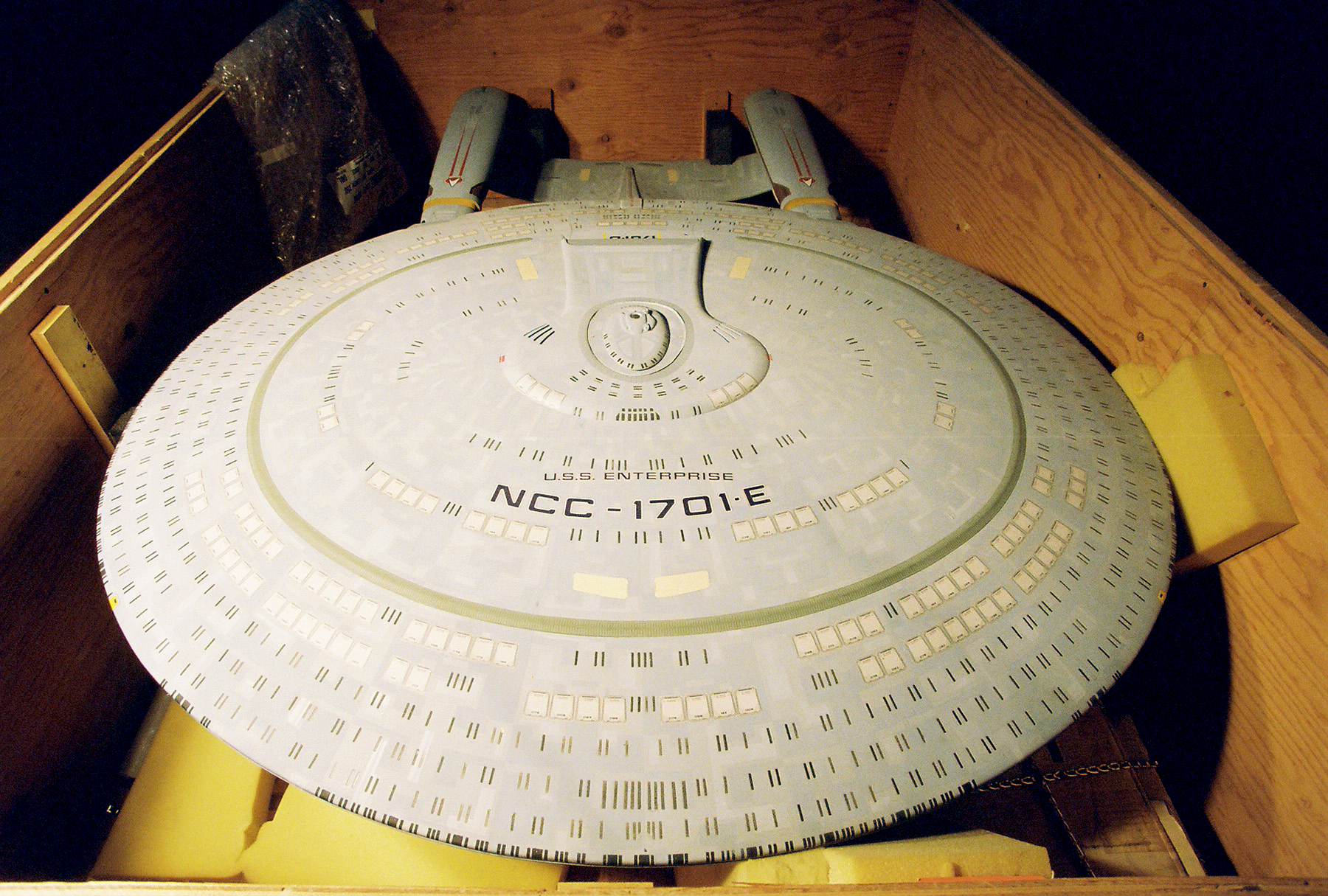Edit: Meant to say "Why didn't Berman and Braga think that the Ent-D looked good on the big screen?" in the title. Whoops!
Anyway.....
I heard the reason they wanted to "kill" the Enterprise-D in Generations was because they thought it looked bad on the big screen and wanted to make a ship that would look better on the big screen.
Now while I love the Enterprise-E, I thought the Enterprise-D looked absolutely gorgeous in the theater when I saw Generations! It was cool seeing her on a TV screen but wow, seeing her on a giant movie screen displayed her majestic beauty the way it was always meant to be seen!

How exactly does that look bad?! Looks fantastic, to me!
IMO I think using the Enterprise-D in FC, Insurrection, and Nemesis would've been fine, especially since her bridge got a cool looking renovation for Generations. Can you imagine the Enterprise-D hallways and Engineering that we were all so familiar with completely assimilated by the Borg in FC?!
Anyway.....
I heard the reason they wanted to "kill" the Enterprise-D in Generations was because they thought it looked bad on the big screen and wanted to make a ship that would look better on the big screen.
Now while I love the Enterprise-E, I thought the Enterprise-D looked absolutely gorgeous in the theater when I saw Generations! It was cool seeing her on a TV screen but wow, seeing her on a giant movie screen displayed her majestic beauty the way it was always meant to be seen!

How exactly does that look bad?! Looks fantastic, to me!
IMO I think using the Enterprise-D in FC, Insurrection, and Nemesis would've been fine, especially since her bridge got a cool looking renovation for Generations. Can you imagine the Enterprise-D hallways and Engineering that we were all so familiar with completely assimilated by the Borg in FC?!



